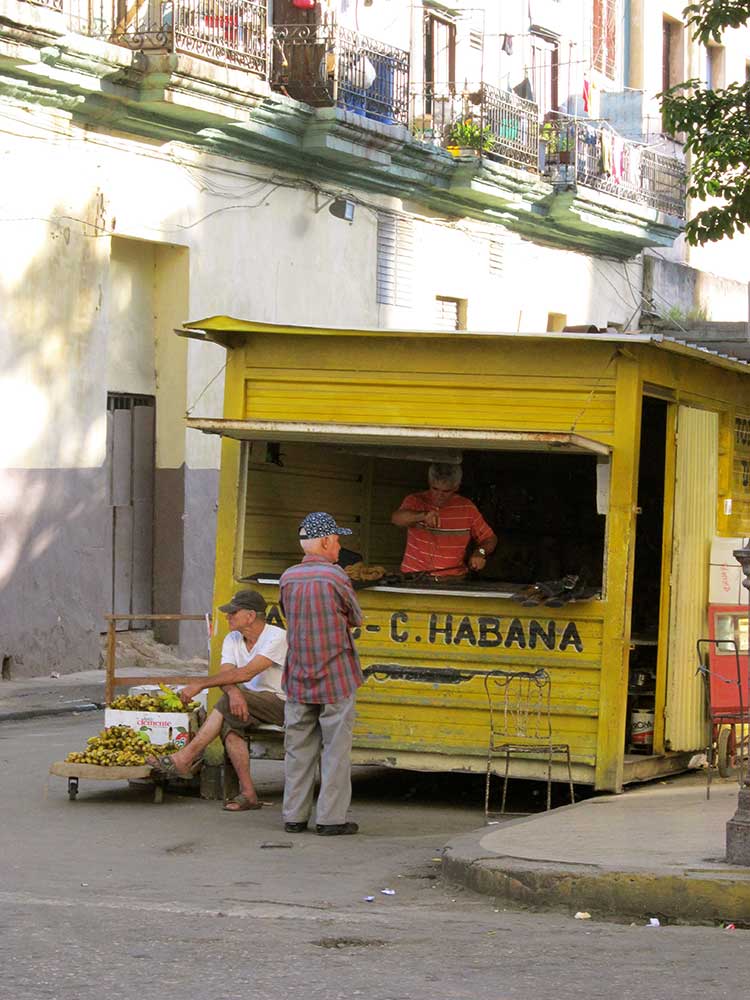Few Cubans who experienced the first five years of the Cuban Revolution and Fidel Castro’s rule would forget the preponderance of guns. Uniformed and ununiformed revolutionaries exhibited waists strapped with pistols. Anti-aerial weapons stood guard alongside the Malecón. Everywhere young boys and girls in uniform marched and drilled with large, Soviet-issued rifles. Yet, with no explanation, the availability and display of weapons suddenly disappeared around 1965. Cubans wondered if a decline in the state’s legitimacy (and therefore leaders’ faith in the people) had something to do with it. For all of these reasons, the sudden re-installation of long warehoused shooting ranges for public entertainment in Havana during the first two years of Raúl Castro’s reign startled even the most unassuming of citizens. Seen here near Búlevar San Rafael in Centro Habana, this shooting range even features a long-forgotten painted cartoon of the gusano, a derogatory official epithet used in the 1960s and 70s to describe all Cubans who left the island in protest of Communist rule. Centro Habana, November 2011.

